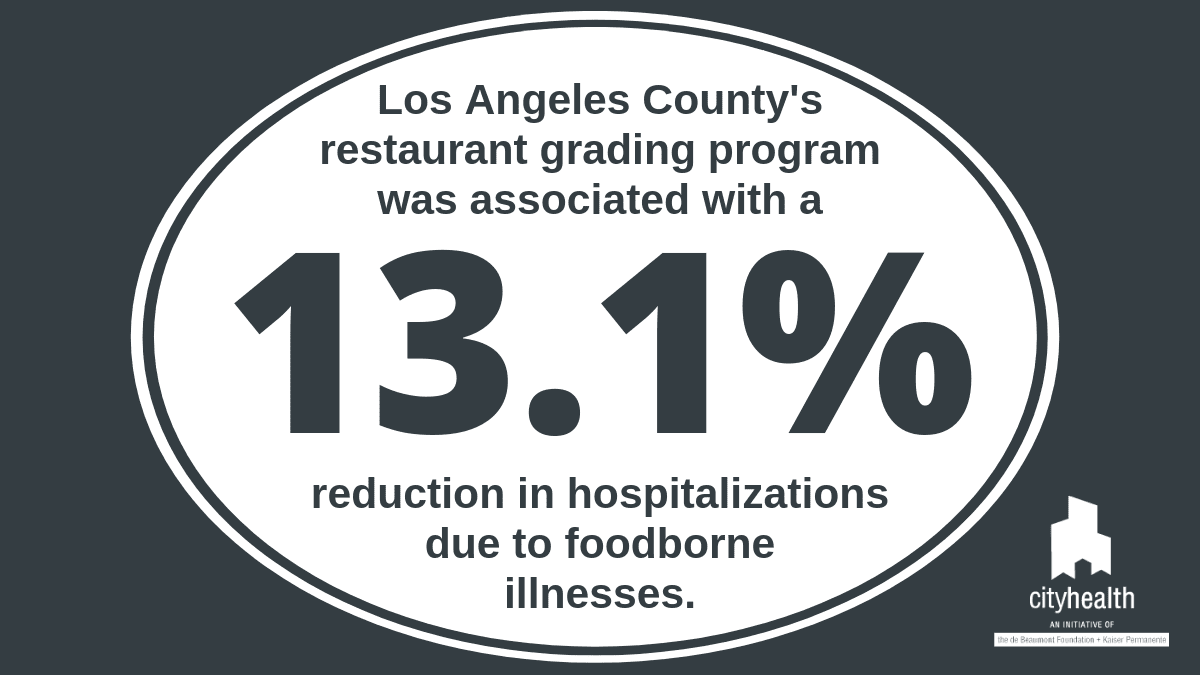Best deli, best pizzeria, best coffee shop – New Yorkers don’t usually agree on much when it comes to where to eat, but one thing 91 percent of adults in New York City do agree on is supporting their city’s restaurant grading program.
New York City is one of 12 cities across the United States that we awarded a gold medal to in restaurant grading, which means restaurants in the city are required to publicly post a “grade” based on the results of a food safety inspection. Whether they use letter grades like in New York, color coding like in Columbus, Ohio, or emojis like in Seattle, restaurant grading programs are an evidence-based, consumer-supported policy that help create healthier, thriving cities.


The goal of a grading program is two-fold. First, a grading program provides a powerful incentive for restaurants to perform well on inspections which, in turn, improves food safety. Second, a grading program helps consumers make informed decisions about where they want to eat, allowing food safety to be a part of their decisions. By improving food safety practices and helping people make informed decisions, restaurant grading programs help promote public health.
Posted grades summarize inspection results in an easy-to-understand way. Although inspection data is often available online, posting this information in a restaurant’s front window makes it more accessible and helps the public better understand a restaurant’s food safety record before they walk through the door. Grading indicators vary across cities, but the goal of increased transparency is the same.
Food safety inspection is a core function of most local health departments. Many health officials have added grading to their inspection programs, and these programs have led to fewer foodborne illnesses caused by dangerous pathogens like Salmonella or Listeria. For example, the grading program in Los Angeles County was associated with a 13.1 percent decrease in hospitalizations due to foodborne illnesses, and the program in New York City resulted in improved sanitary conditions.


In our new report, we highlight how this policy helps build healthier communities and explore key considerations for local policymakers interested in creating and improving restaurant grading programs in their city. We share lessons learned from four CityHealth gold-medal cities—Boston, Columbus, New York City, and Seattle—and explore how their unique strategies can benefit other policymakers seeking to advance food safety in their cities. Read the report and learn more about restaurant grading >>





